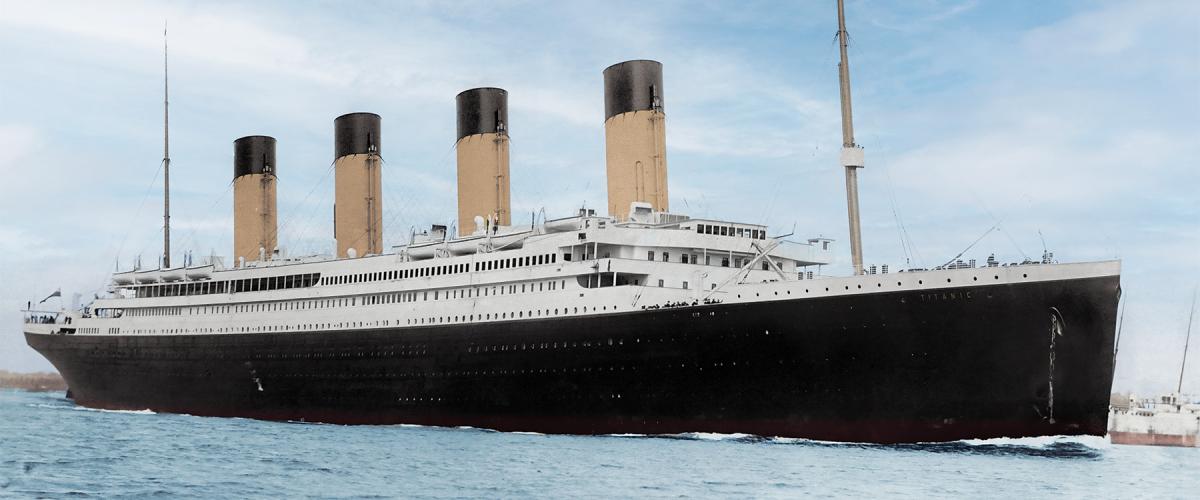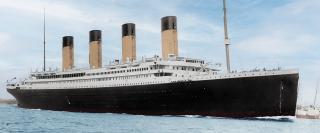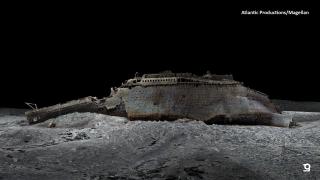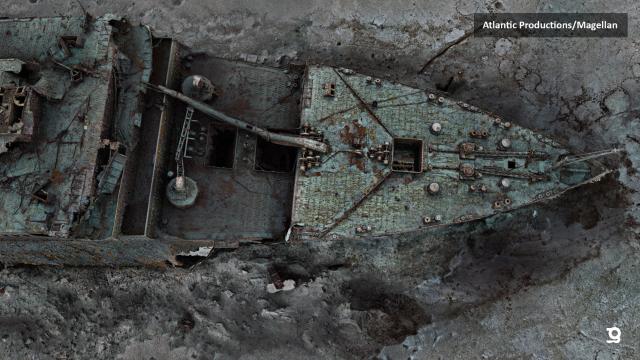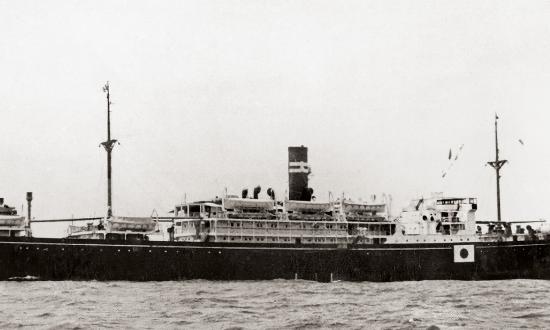Thanks to modern technology, the world’s most famous shipwreck can be seen in more vivid detail than ever before. The first full-sized digital scan of the wreck of the Titanic—which lies 12,500 feet down in the Atlantic—has been created using deep-sea mapping.
The result of the meticulous effort provides a unique 3D view of the entire ship, enabling her to be seen as if the water has been drained away.
In one of the most tragic events in sea history, the British passenger liner—the largest ship in the world at the time, a ship ostensibly unsinkable—struck an iceberg on her maiden voyage from Southampton, England, to New York City and sank on 15 April 1912 with the staggering loss of more than 1,500 lives.
Now, through the largest underwater 3D-capture project ever undertaken, research scientists have mapped the Titanic in her entirety. From this data, a “digital twin” has been created that shows the wreck with a clarity never before seen. Using technology developed and perfected over five years by deepwater specialist Magellan Ltd., which partnered with Atlantic Productions for the Titanic project, the exact condition of the iconic wreck is revealed, and the entire historic site is mapped, providing an unprecedented level of detail.
Scans of the wreck were carried out over a six-week expedition in the summer of 2022. The expedition deployed two submersibles—the Romeo and Juliet—which spent many hours at 12,500 feet below the surface, mapping every inch of the wreck in minute detail and mapping the entire three-mile debris field.
As stated in a Magellan Ltd. press release, “The hope is that this will shed new light on exactly what happened to the liner.”
In accordance with tight regulations in place, throughout the project the wreck was not touched or disturbed, and the entire site treated with due respect—including a flower-laying ceremony in memory of the many who lost their lives, as the old ballad goes, “when that great ship went down.”



